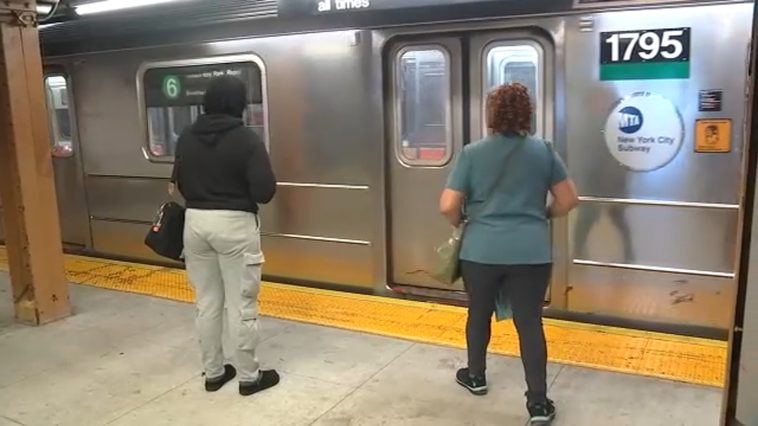The bustling environment of the F train station at Coney Island-Stillwell Avenue in New York was a kaleidoscope of activity on the 26th of December, 2024. In an effort to improve passenger safety, city officials have increased police presence on the subway, added surveillance measures, and considered the implementation of barriers for passenger safety. Despite these efforts, a recent study suggests that the station’s location and the time of day carry significant weight on the likelihood of violent incidents within the transit system.
Gothamist recently released a report that shows fewer than 10% of New York’s numerous subway stations account for half of all its underground violent crime. Some larger locations spearhead this list, according to a study by nonprofit organization Vital City. This exposes a troubling concentration of violent incidents at some of these subway stations, further underlining the complexity of maintaining safety in such dense urban environments.
The research also uncovered that riders are more susceptible to crime at smaller, peripheral stations during late-night and early-morning hours. During these off-peak hours, passengers are often alone or amidst a sparse crowd, potentially making them an easy target for offenders. A single or couple violent occurrences at these less populated outer borough stations can suddenly catapult their crime rate relative to their commuter traffic.
In a bid to discourage crimes within the transit system, authorities have tightened monitoring to minimize fare evasion, hoping that this would result in lower crime rates. However, this strategy might not necessarily yield effective results in decreasing underground violence, as the connection between these factors is not straightforward.
Drawing from Vital City’s findings, we can see a total of around 2,000 subway crimes recorded annually, compared to approximately 150 million cases of fare evasion per year on the subway. This disparity raises questions about the efficiency of focusing on fare evasion as a strategy to decrease violent subway crimes. The data implies little correlation between fare-beating and violent incidents within the city’s transportation system.
Reinforcing this point, half of all violent crimes across the entire subway system occurred at just 30 out of the city’s total 472 stations, as per the 2023 data. It was also noted that the stations with the highest crime rates were among those with the heaviest passenger footfall. It appears that the larger the crowd, the higher the potential for crimes to take place.
Interestingly, this particular study grouped crimes on moving trains with crimes that occurred at the closest stations. This comprehensive approach paints a broader picture of the issue and helps in assessing the root causes more efficiently.
Despite the actionable data, there’s still a cloud of uncertainty surrounding the surge in violent incidents in the subway system. Researchers are yet to establish a solid link between the spike in underground crime and various social factors. The complexity of the underlying causes makes it difficult to pinpoint one definite trigger.
New York’s subway system serves as a reflection of the city itself – diverse, vibrant, but also facing challenges. The city’s efforts to reinforce safety regulations on subway cars are commendable; however, it’s clear that there has to be a more nuanced approach to ensure passenger safety effectively.
Through this dissection of crime locations and timing, Gothamist has provided a stark picture of the subway system’s safety. These patterns of crime occurrence can guide authorities in strategizing more effectively and directing their resources to areas of higher crime rates.
Even though it’s clear that more effective crime prevention solutions are needed, the report by Vital City presented encouraging insights into patterns of criminal behaviour in the subway system. Understanding these patterns could be a stepping stone toward the development of strategies and regulations to combat this issue.
Given that smaller, peripheral subway stations show a higher risk of crime during off-peak hours, effective deterrent strategies could involve increased police presence during these late-night and early-morning hours. Carefully crafted, data-driven policies could play a crucial role in addressing this safety hazard.
Decoupling fare evasion from violent crime could also lead to a more accurate understanding of the crime dynamics within the subway system. This separation between fare evasion and violent crime suggests the need for diverse strategies to tackle distinct types of underground criminal activities.
Evidently, the subway system’s busier stations are often prone to a high rate of crime occurrences. It may be wise to focus more on implementing stronger security measures and improving surveillance at these high-traffic locations to curb this worrying trend.
Overall, while the findings of Gothamist and Vital City bring some clarity to subway safety issues, the complex task of decreasing crime on subways is far from solved. The multifaceted nature of such urban problems calls for dynamic solutions, evolved through ongoing, concerted investigation and adaptation.


